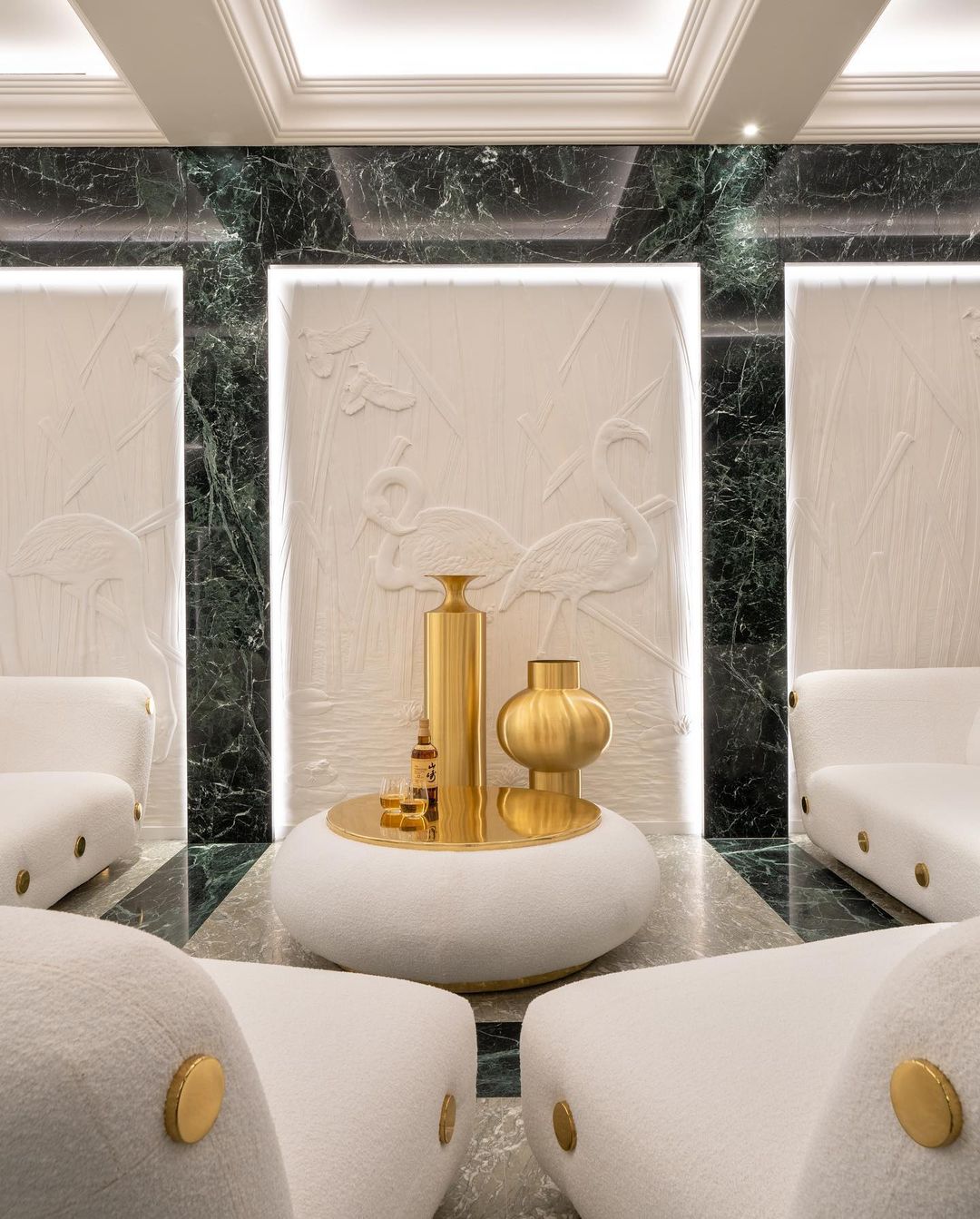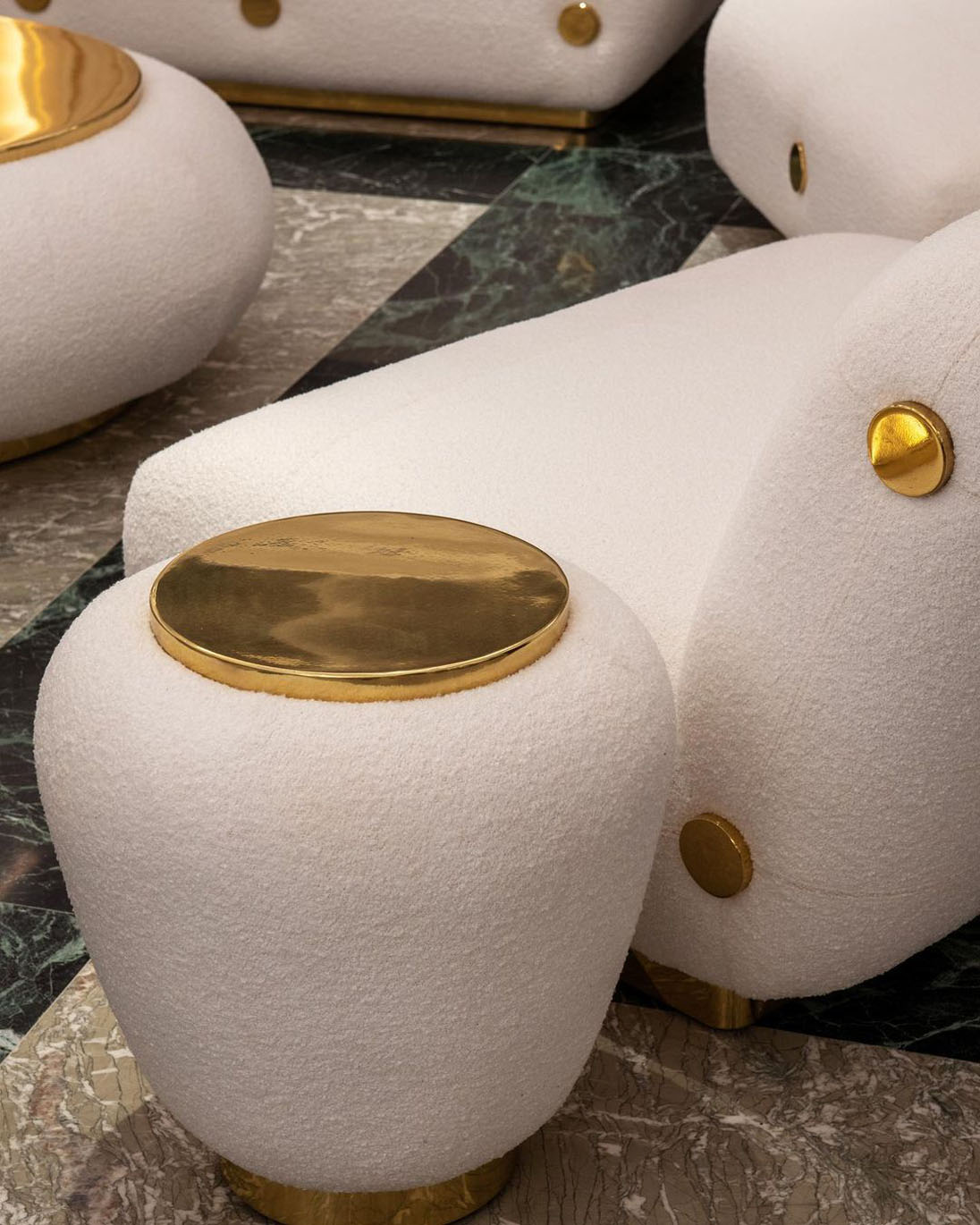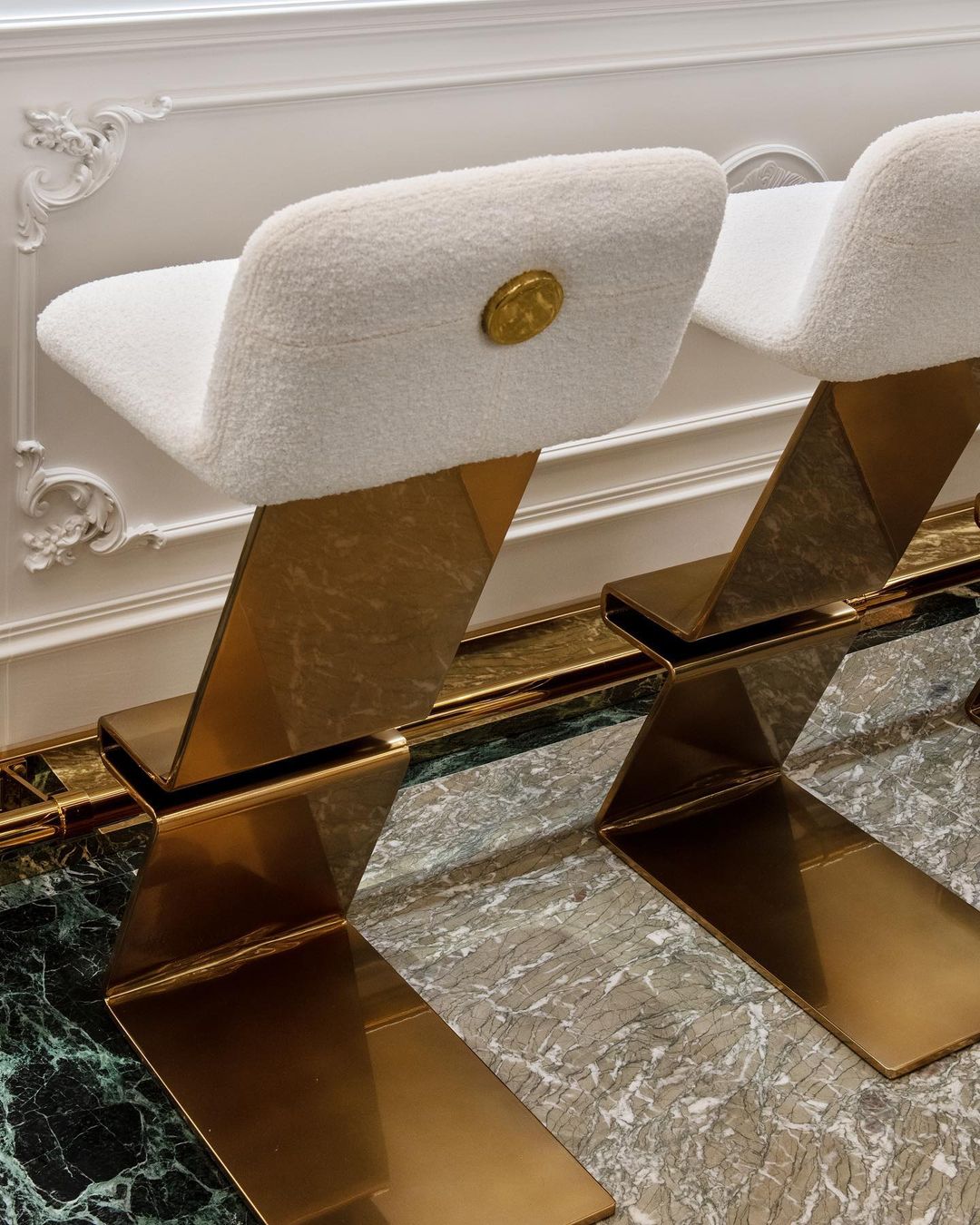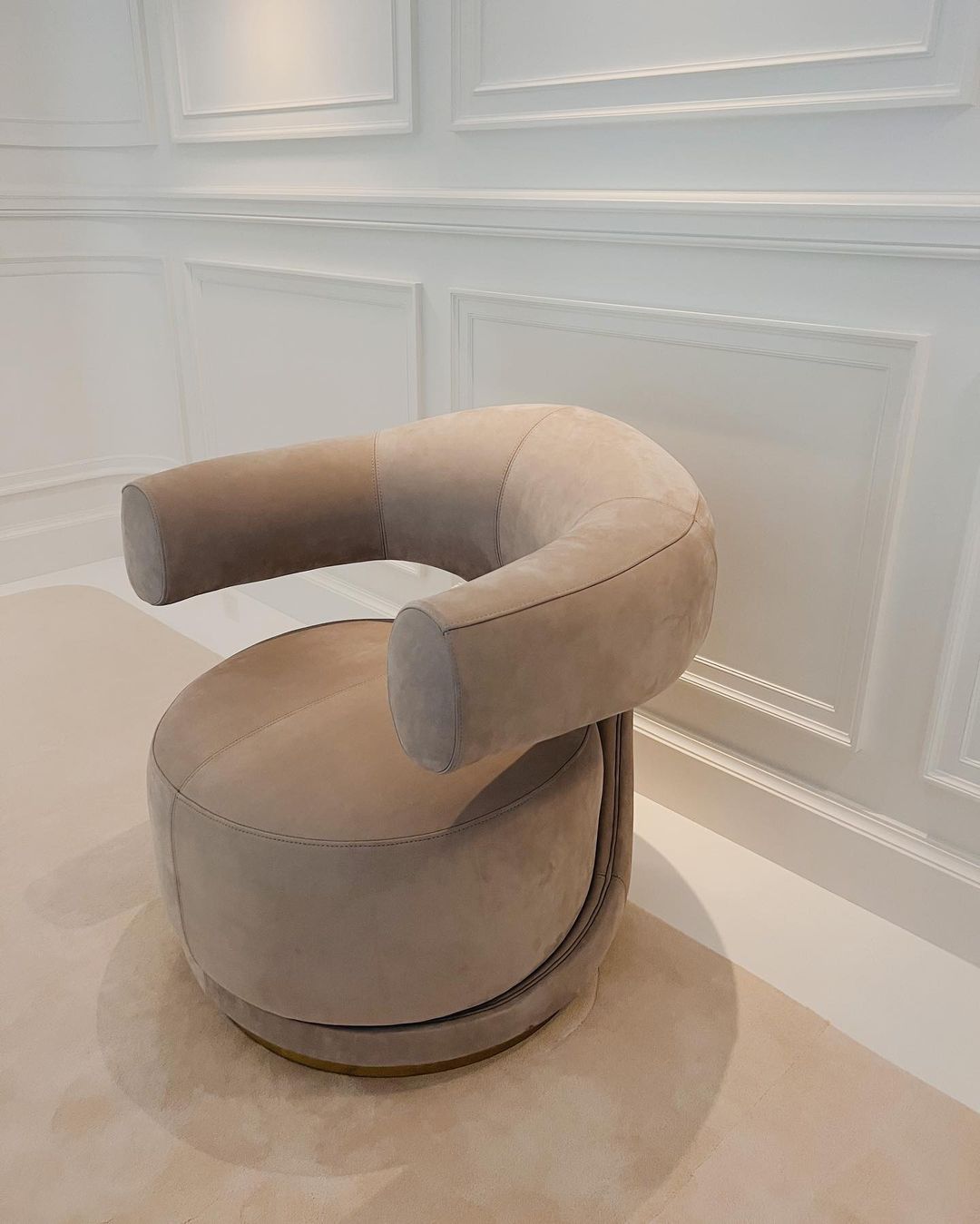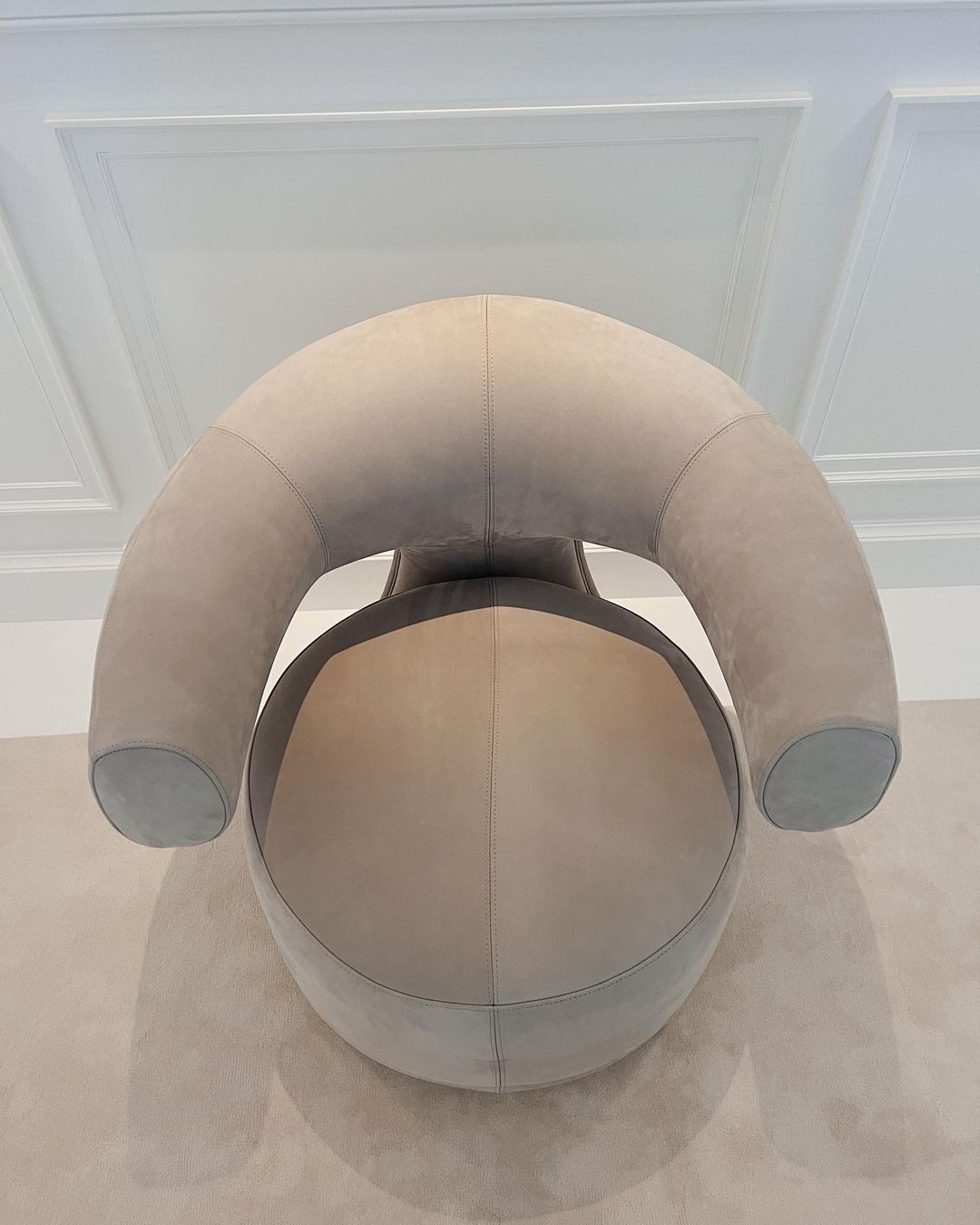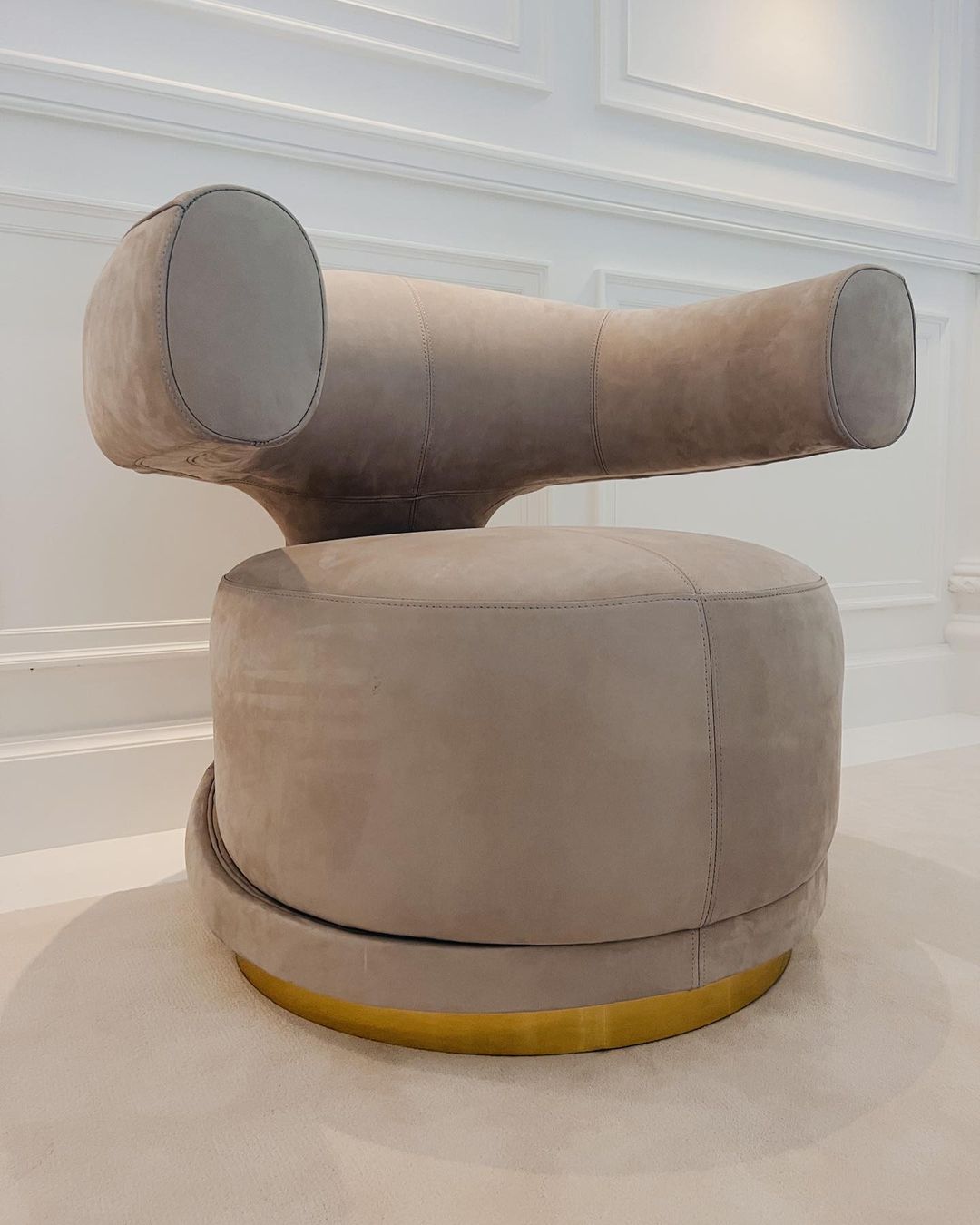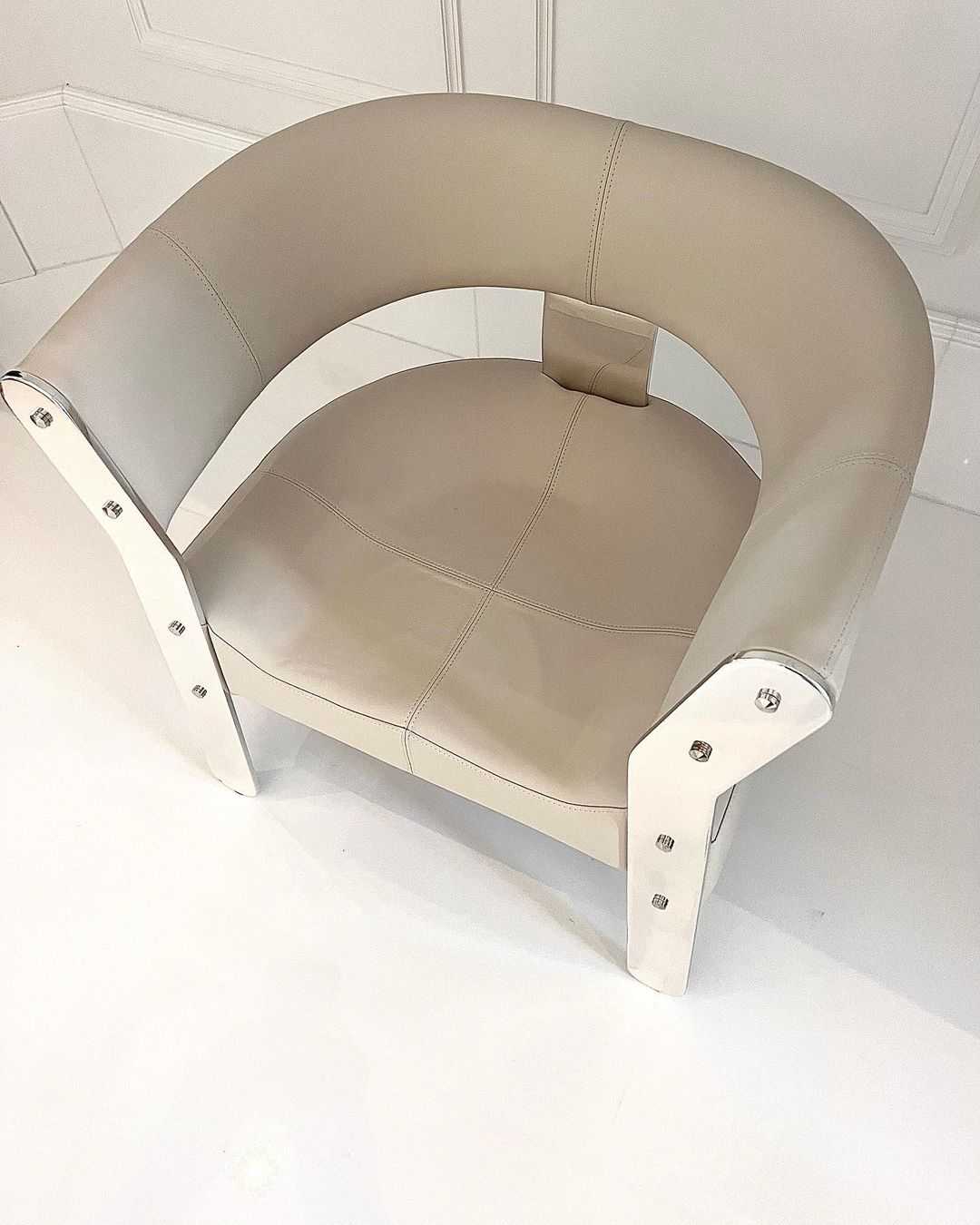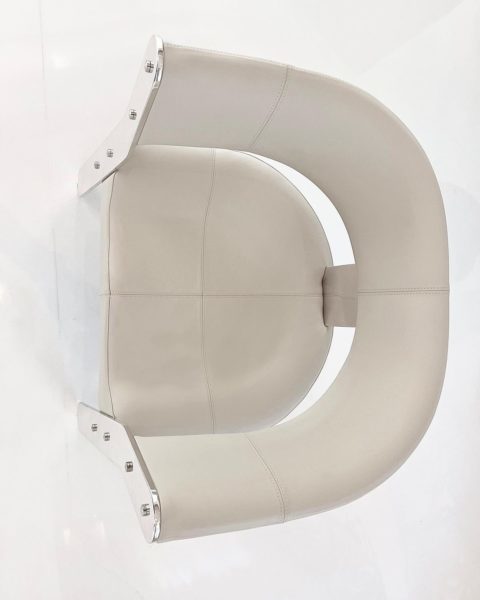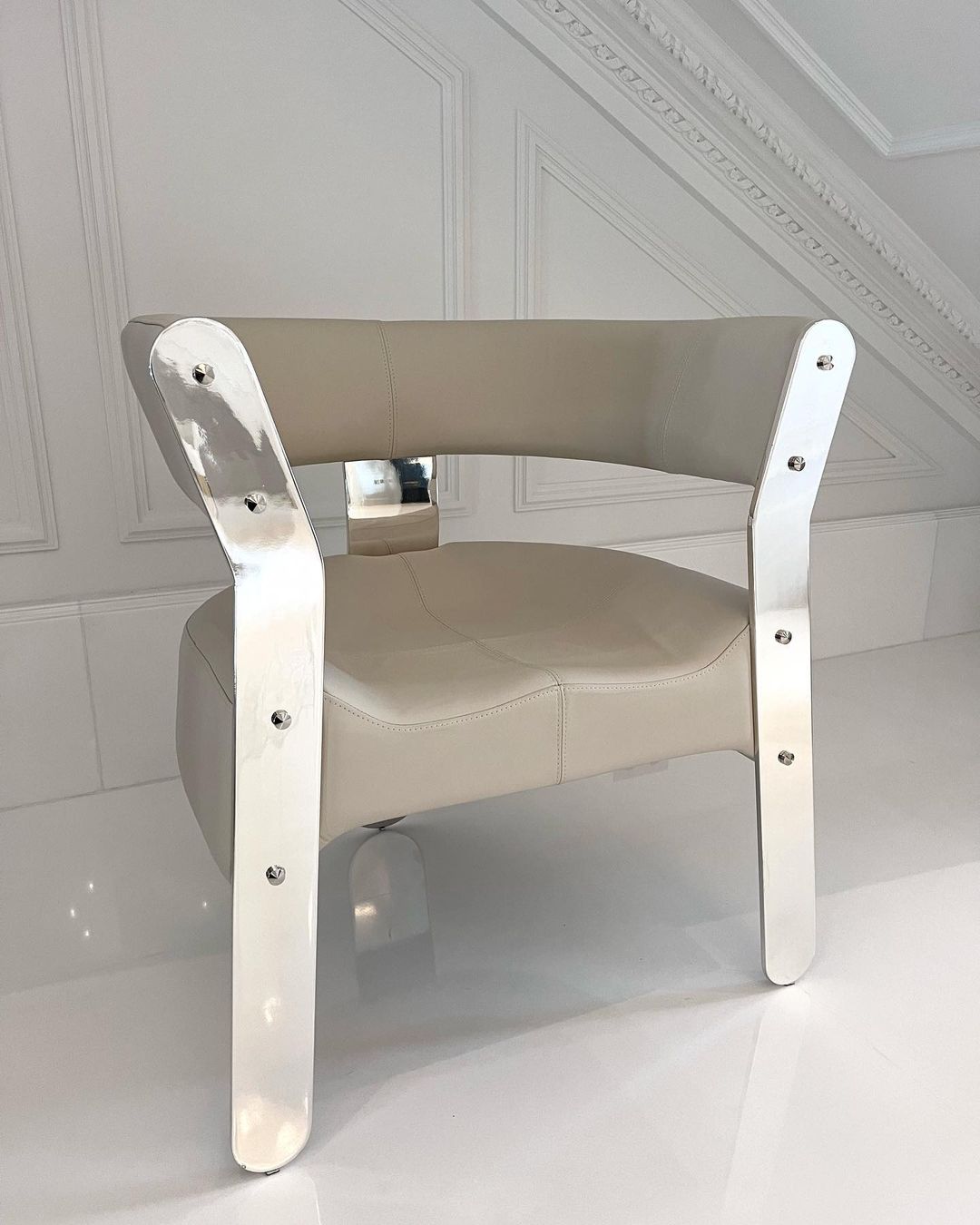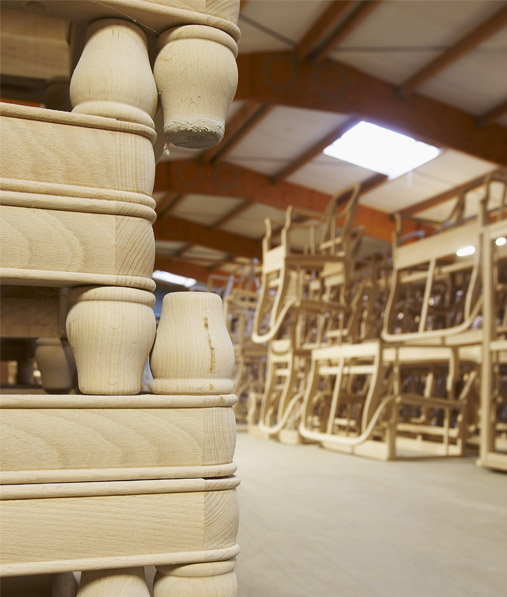
History
In 2002, encouraged by the proximity of our savoir-faire, Silva Paris surrounded itself with renowned upholsterers and has since developed numerous unique pieces for top-of-the-range hotels, such as the Pavillon du Faubourg Saint-Germain and the Hôtel Capelongue, as well as private residences in France and abroad.
Over the years and in response to a growing demand, Silva Paris has developed a strong and committed partnership with a workshop in Moncoutant, in the Deux-Sèvres region. Alongside Pierre, Christophe and Thomas Sourice, upholsterers from father to son, our teams have developed their expertise in the manufacture of contemporary and stylish seating.
In 2023, as a natural continuation of this integration of know-how in seating, Maison Paris acquired a stake in this beautiful 8,000m2 workshop, which combines traditional and contemporary techniques with the greatest respect for the state-of-the-art.
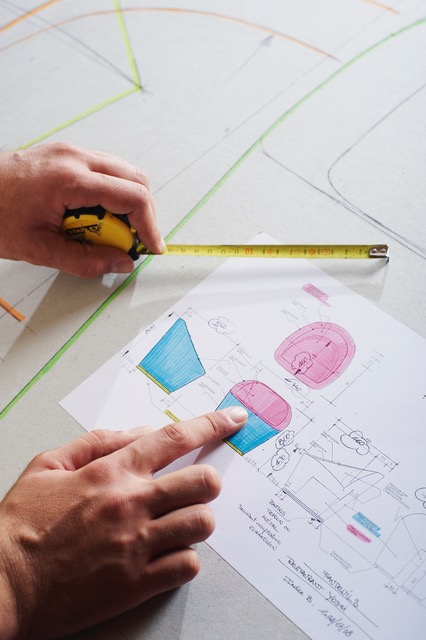
Our workshop in Moncoutant
The apparent simplicity of a seat, and the sobriety of its lines, stems from a demand for detail in each of our craftsmen’s gestures.
At the beginning a raw material, wood, metal or other, which will serve as a framework, visible or not, for the seat. The wooden structures are developed in the workshop and made by our cabinetmaker for unique pieces and by craftsmen in the Vosges for series. The wood, preferably solid, is cut after tracing, assembled and sanded, then, if visible, stained or lacquered, and finally varnished.
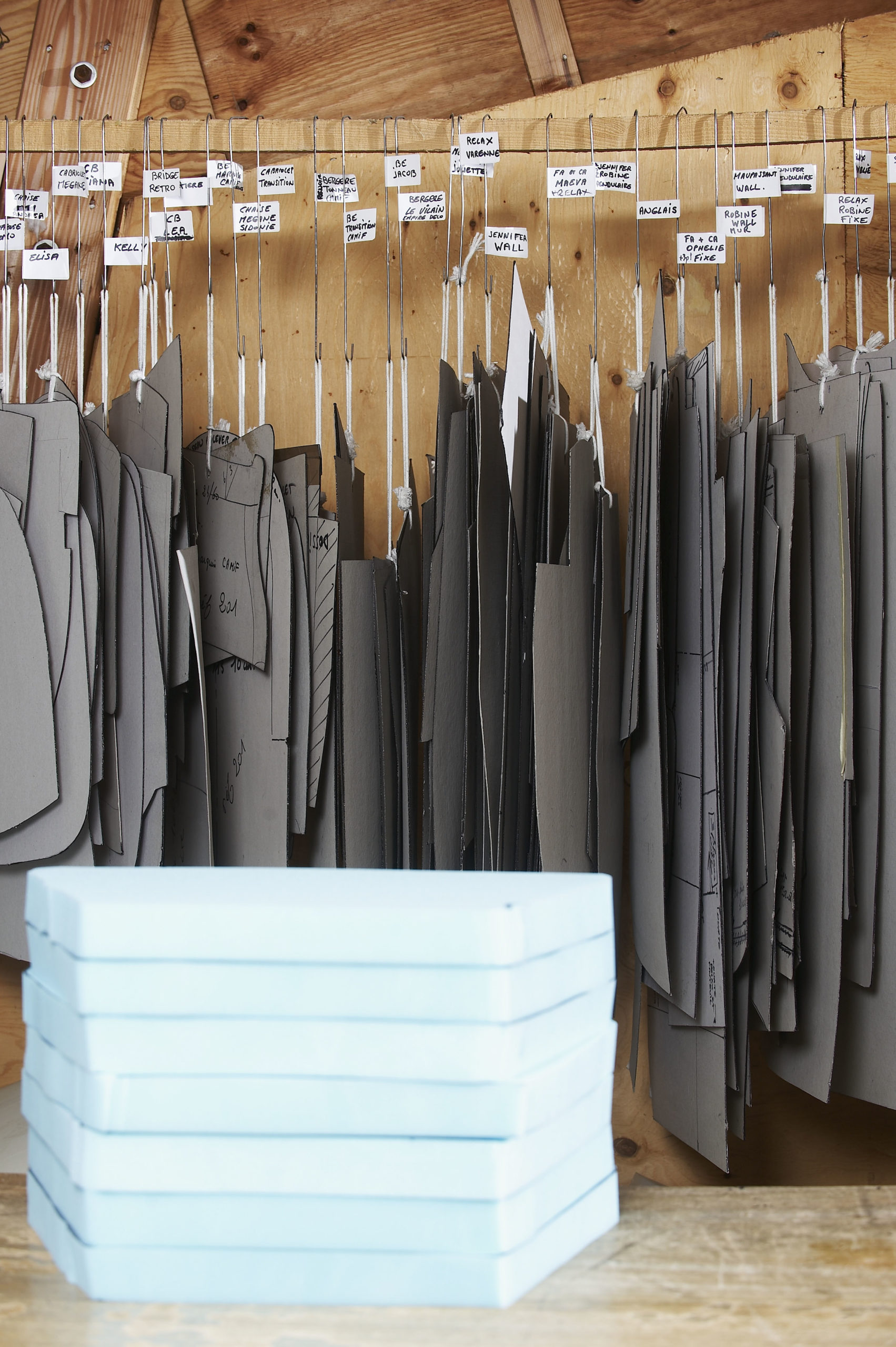
At the same time, the hands are busy making the cardboard patterns by marking the reference and assembly notches with a pencil or pliers. They will guide the seamstresses in assembling the templates, cut out with a chisel, and in positioning the seams, which can be with or without topstitching, rush stitching or edge-to-edge stitching. Finally, the piping finishes follow, tone on tone or in contrast.
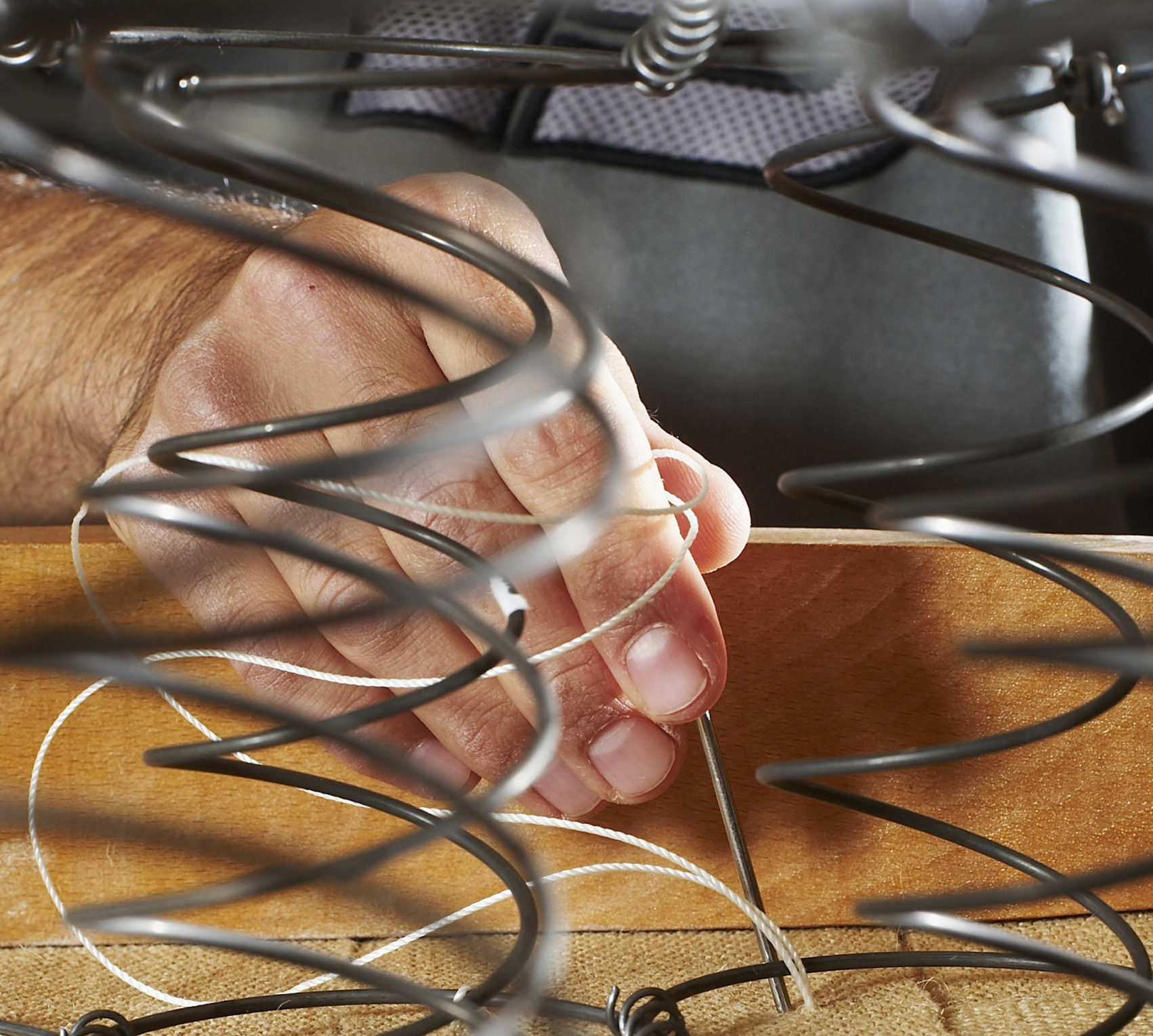
The jute straps, which are stretched and criss-crossed, are attached to the seat belt and are designed to hold the body in place and provide comfortable support. After the webbing, the lining! This consists of holding the springs together with a rope and simple knots, flat or capstan. Sewn to the straps, this assembly reveals the importance of the suspension of a seat.
This is followed by various stages specific to the seat and backrest, and to a certain realization, the laying of a strong canvas with a ramponneau and then a canvas of embourrure before the upholstery, traditional with a vegetable hair upholstery or contemporary with a feather and/or foam upholstery of various densities.
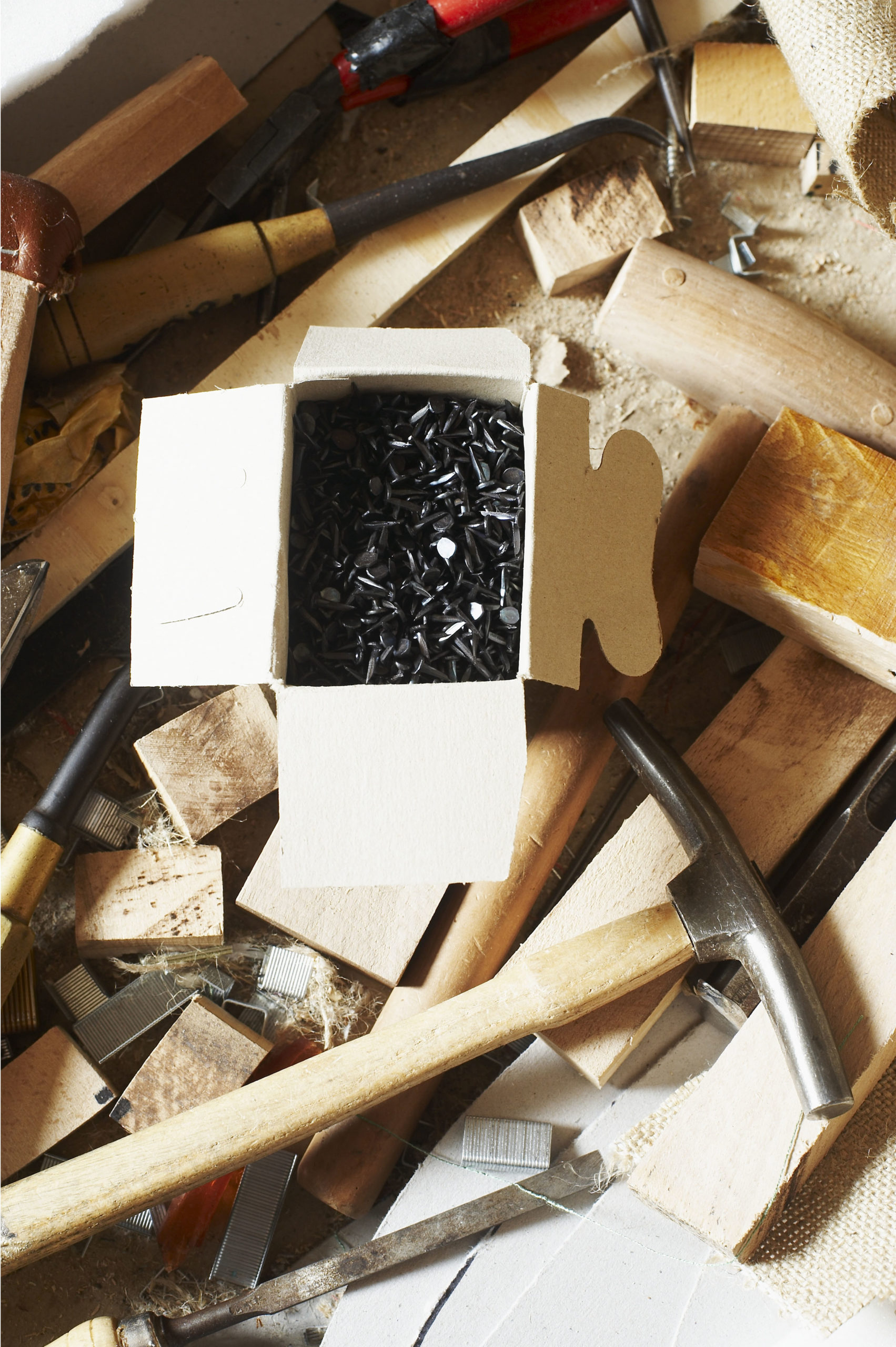
The penultimate stage consists of covering the seat with a white cotton canvas. The final shape of the seat is then formed, and after the wadding has been laid, it is now ready to receive the cover fabric. It is now time to attach the fabric, or rather the template assemblies, using the ramponneau. The fabric must be perfectly stretched and the last finishing touches, braids or other trimmings, elegantly complete the covering of the seat.
We will not forget to place the jaconas under the seat in brown or grey cotton fabric which hides the underside of the seat, for a perfect finish.

